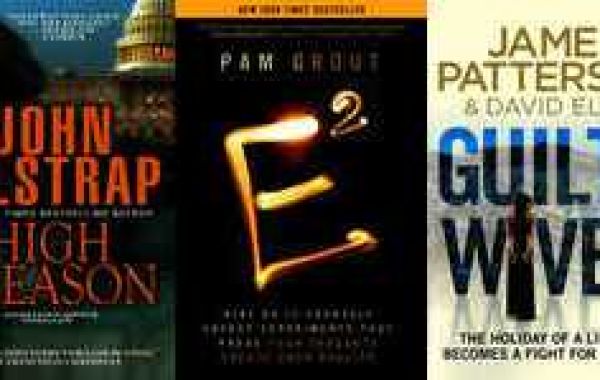The Art of War
Bravery can mean many different things, but The Art of War by S. Tzu offers very specific definitions of this quality. The analyzed passage from The Art of War discusses bravery on the battlefield when soldiers would rather die than surrender. As a rule, combatants follow the example of military leaders. Therefore, commanders should be courageous and serve as positive role models for ordinary soldiers. According to the passage, the war is a result of smart tactics when military leaders plan and make important decisions, however, they should also pay attention to the army’s morale and understand soldiers in order to be able to fight and protect their country and beliefs. The passage from The Art of War explains how to inspire as well as motivate men and win the war with the help of psychology.
The important aspect of the work is the analysis of power relations in the army. The excerpt talks about how a military leader should perceive a battle and treat his soldiers in order to achieve desired results. Although some motivational ideas can be applied in the modern world, others are extremely cruel because they encourage military leaders not to pay attention to deaths and treat combatants as tools in many situations. These ideas are contradictory to other statements, according to which commanders should understand soldiers and their fears, worries, and desires. For example, at the beginning of the passage, the author says that it is better to make men face near-death situations to motivate them to fight bravely. He claims that soldiers will fight with great courage when they realize that there is no other way out. They will prefer to fight bravely instead of fleeing from the battlefield since they will see that the only possible way to save themselves is to win a battle. Although this approach is suitable for military leaders who have large armies and do not care about their soldiers who may die, it is still inhuman even by army standards because it does not take into consideration the fact that soldiers are also people. The passage simply says that a military leader should lead his men to certain death in order to win. Commanders should not feel pity for their soldiers as they should only think about how to successfully complete the mission. They should not worry about how many men were killed in battles and feel any pangs of regret or sadness. This is one of the most controversial parts of the passage.
However, in the passage, there are more ideas about power relations and connections between a leader and soldiers. For example, the passage thoroughly discusses how to increase soldiers’ motivation. In order to teach combatants to be brave and never surrender, military leaders should set an example for them. They themselves should be courageous and ready to risk their lives to defeat the enemy. Only by serving as role models for soldiers, they can influence and encourage them to fight bravely. This shows that military leaders care about the morale and spirit in the army. Although they may ignore some concerns and challenges faced by soldiers, they still understand that it is necessary to keep soldiers motivated and devoted to the cause.
The analyzed passage from The Art of War also offers leaders some pieces of advice on how to motivate their soldiers when they enter a foreign country and have to fight on its territory. Moreover, the passage talks about effective communication tools which are the key to victory as military leaders should be able to stay in contact with other soldiers during battles. With the help of communication tools, commanders can receive new information and give orders. The passage also discusses considerable challenges experienced by soldiers when they are far from their homes. It emphasizes that military leaders should spend more time communicating with soldiers in order to ensure they stay devoted and loyal to the mission. There is a recommendation on how to do it – commanders should explain the importance of the mission to combatants, highlighting the need to fight for the cause and their homeland. The passage states that patriotism and loyalty are effective tools which should be used to motivate soldiers to win a battle. The passage also provides some important pieces of advice on how to outfox the enemy and discusses which actions the militia should take to defeat it. For example, if soldiers fight against a wealthy nation, they should limit its resources and divide its army because it is much easier to defeat small groups of soldiers than large ones.
All in all, the passage from The Art of War by S. Tzu is interesting as it offers some useful pieces of advice which can be employed by military leaders to motivate their soldiers to be courageous and ready to protect their homeland. It was interesting to analyze these recommendations and decide whether they could be used in today’s world. On the one hand, it is impossible to compare the morality of that time with modern one as there are some clear differences between how people expect to be treated nowadays and the approaches presented in the passage. On the other hand, the author shows his deep understanding of human psychology, emphasizing the need to use this knowledge in battles.
This is a military essay on the Art of War written by S. Tzu who offered useful pieces of advice that can be used by militants in order to motivate them to protect their country and simultaneously compare it with morality.







